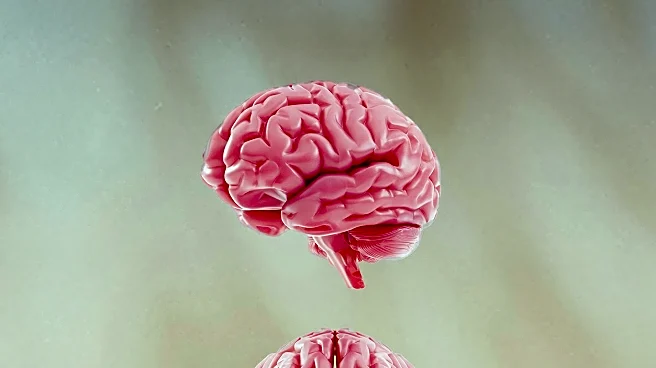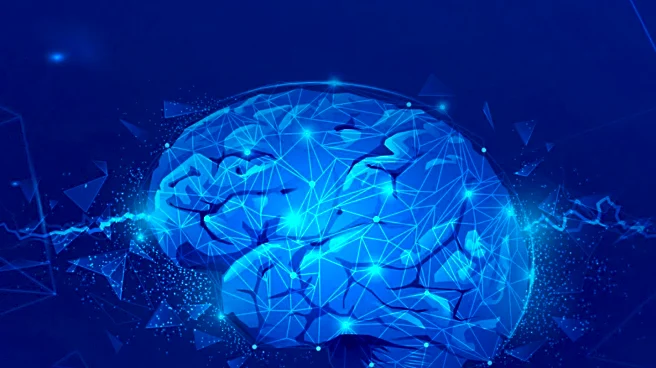What's Happening?
Recent research has highlighted the potential of lithium isotope variations in serum as novel biomarkers for distinguishing between schizophrenia (SZ) and bipolar disorder (BD). The study found significant differences in the isotopic fractionation of lithium in patients with these psychiatric conditions. Specifically, the serum lithium isotope values (δ7Li) showed distinct patterns between BD and SZ patients, with BD patients exhibiting a lighter isotope fractionation compared to SZ patients. This differentiation is crucial as current diagnostic methods heavily rely on subjective clinical judgment, often leading to misdiagnosis due to symptom overlap. The study utilized a random forest model based on δ7Li serum values and serum BREs concentration, achieving 100% differentiation between BD and SZ. This model was validated with an unknown cohort, demonstrating its potential diagnostic capability.
Why It's Important?
The identification of lithium isotope variations as biomarkers is significant for the psychiatric field, offering a more objective method for diagnosing BD and SZ. This advancement could reduce the high rates of misdiagnosis, which currently affect treatment plans and patient outcomes. Accurate differentiation between these disorders is essential for tailoring effective treatment strategies, potentially improving the quality of life for patients. The study's findings also suggest that lithium's interaction with magnesium in the body plays a role in these isotopic differences, providing insights into the biochemical pathways involved in these disorders. This could lead to new therapeutic targets and a better understanding of the pathophysiology of BD and SZ.
What's Next?
Further research is needed to explore the mechanisms behind lithium isotope fractionation and its relationship with psychiatric disorders. Clinical trials could be conducted to validate these biomarkers in larger, diverse populations. Additionally, the development of diagnostic tools based on these findings could revolutionize psychiatric diagnostics, offering more precise and reliable methods. Researchers may also investigate the potential of other metal isotopes as biomarkers for different psychiatric conditions, expanding the scope of objective diagnostics in mental health.
Beyond the Headlines
The study opens up discussions on the ethical implications of using isotopic biomarkers in psychiatric diagnostics. It raises questions about privacy and the potential for misuse of genetic and biochemical data. Furthermore, the research highlights the importance of interdisciplinary collaboration, combining insights from psychiatry, chemistry, and biology to address complex health issues. Long-term, this approach could lead to a paradigm shift in how mental health disorders are understood and treated, emphasizing the role of biochemical processes in psychiatric conditions.










